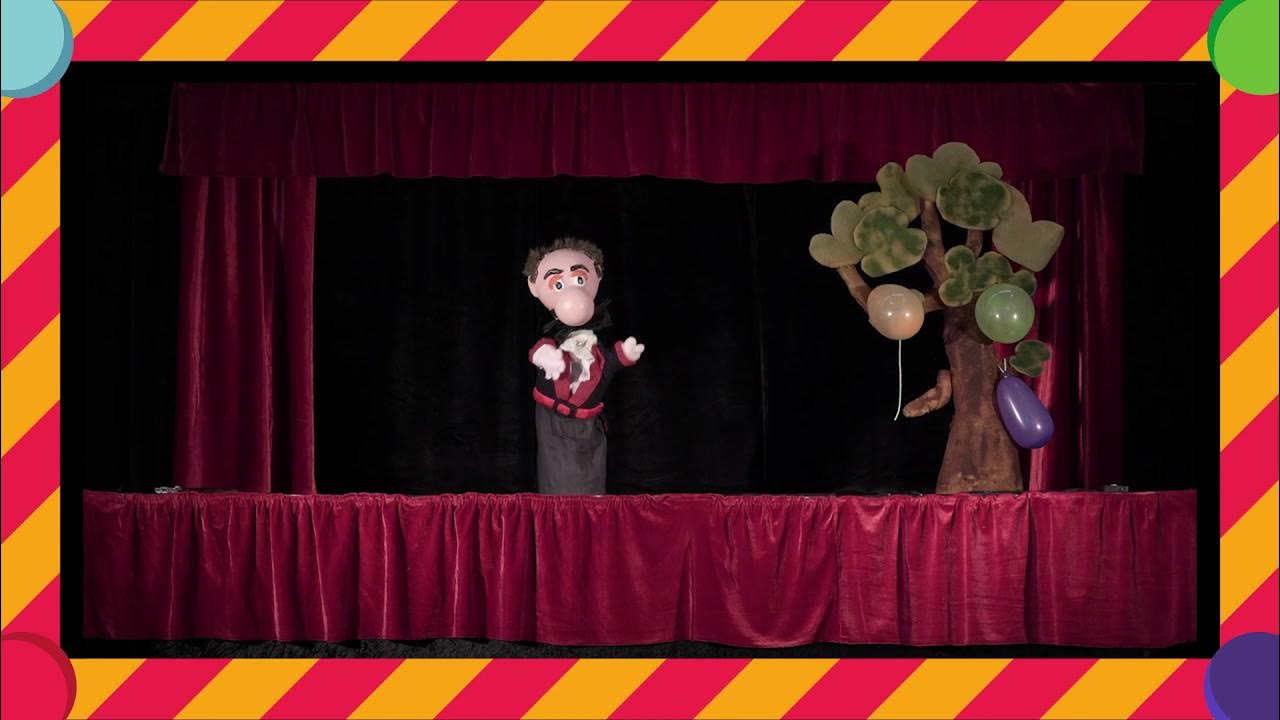Language Development & Literacy - 36 to 48 Months
Summary
TLDRThe video script documents playful interactions between children and adults, showcasing creativity in activities like painting, building, and storytelling. It highlights the importance of open-ended questions in fostering communication and learning, as well as the joy of free play in child development.
Takeaways
- 🍌 Children ask for permission and assistance, demonstrating communication and independence.
- 🌈 Imaginative play is highlighted, with children discussing magical elements and creating imaginative scenarios.
- 🎨 Hands-on activities like painting and constructing are encouraged, fostering creativity and problem-solving skills.
- 🚀 Open-ended questions are used to stimulate children's thinking and verbal expression.
- 📚 Storytime interruptions are embraced as opportunities for children to connect and express their thoughts.
- 🏡 Play-based learning is emphasized, showing how children learn social and communication skills through interaction.
- 💡 Parental involvement in learning is shown through practical examples like explaining water drainage with drawings.
- 🌊 Encouraging curiosity and exploration, parents and educators often turn questions back to children to provoke thought.
- 🤪 Allowing children to create and use silly, made-up words is seen as part of their creative development.
- 📖 Using higher-level vocabulary during play helps expand children's language skills without direct correction.
Q & A
What are some activities the children are engaged in during the transcript?
-The children are involved in various activities such as cutting bananas, gathering sticks, painting, building structures with blocks, making rivers and islands, playing with magical horses and soccer figures, and folding paper.
How do the children describe the magical properties of certain items in the transcript?
-The children describe the horses as magical, stating they don't need blankets, and the soccer figures as magical as well.
What teaching methods are observed among the adults interacting with the children?
-Adults use open-ended questions to encourage children to think and express their opinions, demonstrate activities, correct language gently by repeating sentences correctly, and engage in discussions about the children's thoughts and reactions to stories.
How do adults handle interruptions by children during reading sessions?
-Adults stop reading and have short conversations about the children's thoughts and reactions, encouraging them to connect the dots and share their thinking.
What are some of the ways children learn communication through play mentioned in the transcript?
-Children learn communication through play by discussing the colors of bottles, blankets, and deciding what items should go back into the house. They also learn by making up words and using higher-level vocabulary during play.
How do parents address their children's curiosity about everyday concepts like water drainage?
-Parents draw diagrams and explain concepts visually, like showing how water goes down the drain and under the ground, and encourage children to think about and guess where the water goes.
What strategy do adults use to expand children's vocabulary during play?
-Adults use higher-level vocabulary words while playing with the children, like 'construct' instead of 'build' and 'scaffold' instead of 'support,' praising the children's actions while introducing new terms.
How do adults react to children making up words?
-Adults generally allow the children to enjoy making up words without immediate correction, understanding that it is part of their play and mental engagement. They sometimes use the correct words in sentences afterward without directly pointing out the mistake.
What is the significance of asking open-ended questions according to the transcript?
-Asking open-ended questions encourages children to think critically, express their thoughts, and communicate more effectively. It helps them articulate their opinions and connect with the material being discussed.
What examples are given of children connecting their play to their learning environment?
-Children connect their play to their learning environment by making rivers and islands with blocks, discussing the purpose of items like stairs, and engaging in activities like folding paper and painting. They also make connections to stories they read and questions about everyday phenomena like water drainage.
Outlines

Cette section est réservée aux utilisateurs payants. Améliorez votre compte pour accéder à cette section.
Améliorer maintenantMindmap

Cette section est réservée aux utilisateurs payants. Améliorez votre compte pour accéder à cette section.
Améliorer maintenantKeywords

Cette section est réservée aux utilisateurs payants. Améliorez votre compte pour accéder à cette section.
Améliorer maintenantHighlights

Cette section est réservée aux utilisateurs payants. Améliorez votre compte pour accéder à cette section.
Améliorer maintenantTranscripts

Cette section est réservée aux utilisateurs payants. Améliorez votre compte pour accéder à cette section.
Améliorer maintenantVoir Plus de Vidéos Connexes

Petualangan Si Unyil Episode 7 "TEMAN BARU" - Serial Animasi Kartun SiUnyil

Hulyan & Maya Having Fun in the Swimming Pool! Summer Family Playtime Activity.

Katie Painting at the Easel

Connecting with practice: Opportunities for learning in natural spaces

VacacionArte-El vendedor de globos

Perkembangan Anak Usia Dini - Stimulasi Perkembangan Seni Anak Usia Dini
5.0 / 5 (0 votes)
